

Mongolia has significant potential for renewable energy due to its vast natural resources. Improving energy storage solutions, fostering international partnerships, and creating a stable regulatory environment can help unlock this potential. As of 2023, Mongolia has 3 wind farms, 9 solar farms, and small hydropower plants, accounting for 18.3% of the total installed capacity and only 9.6% of total electricity production. Which means that the action has to be accelerated if the ambition of 30% renewable energy share is to be reached in six years period.
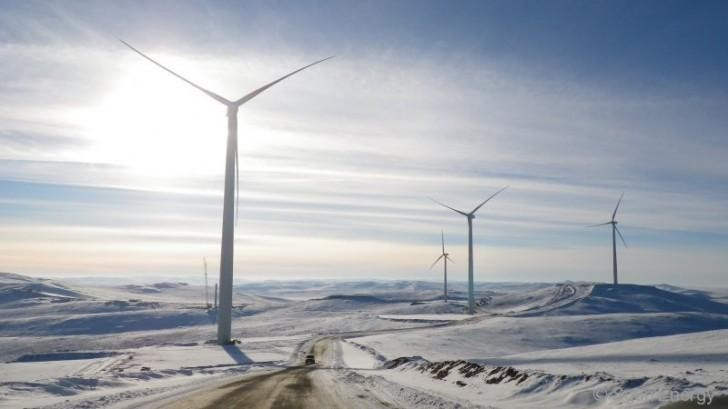

Mongolian first wind farm Salkhit is located in Sergelen soum, Tuv aimag and is started operation successfully in June 2013.
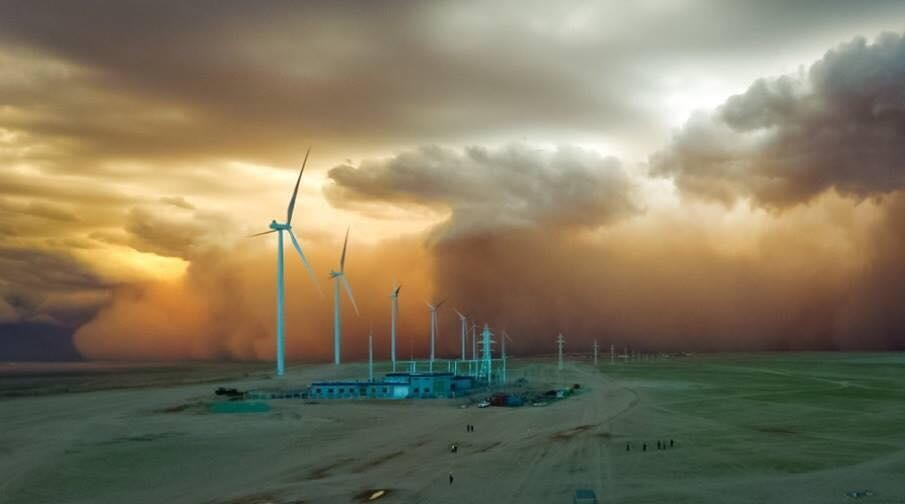

Project name: Sainshand wind park
Project Developer: “Sainshand Salkhin Park” LLC
Energy Off-taker: National Dispatching Center (NDC)
National Power Transmission Grid (NPTG)
Location: 5 km North-East of Sainshand city, capital of Dornogobi province
Average wind speed: ≥7.7 m/sec at 80m
Capacity: 55 MW
Total Investment: $117.5 mln
Yearly output: 210 000 MWh
Date of establishment: 21 Sep 2019
Contribution to sustainable development: The Project is expected to result in a reduction of greenhouse gas emissions of approximately 150,000 TCO2e annually. The transition impact stems from the fact that (i) the Project will assist Mongolia in diversifying its coal-dependent power sector and reducing CO2 emissions by up to 5 million tons over the Project’s lifetime; and (ii) the Project will result in a new private entrant in the Mongolian power generation sector, where assets are almost entirely state-owned.


Project name: Tsetsii wind farm
Date of establishment: 2016
Project developer: Newcom group
Project specs: 25 wind turbines, each has a capacity of 2MBT. Total 55 МВT
Capacity: 55 MW
Total Investment: $ 127,014,243.00
Contribution to sustainable development: The construction of a wind farm will save 120,000 tons of coal and 1.6 million tons of water a year, and the Project will assist Mongolia in diversifying its coal-dependent power sector and reducing CO2 emissions by 180,000 tons each year.


Project name: Bukhug solar power plant
Location: in front of the new airport in Sergelen soum, Tuv
Project developer: Tenuun Gerel Construction LLC, Mongolia
Sharp Energy Solutions Ltd, Japan
Capacity: 15 MW
Date of establishment: 2019
Contribution to sustainable development: The project reduces GHG emissions equivalent to 18438 tons of CO2 per year, generates 24 million kWh of electricity, and supplies it to the central region’s power grid. The project was implemented by the Joint Crediting Mechanism between Mongolia and Japan.
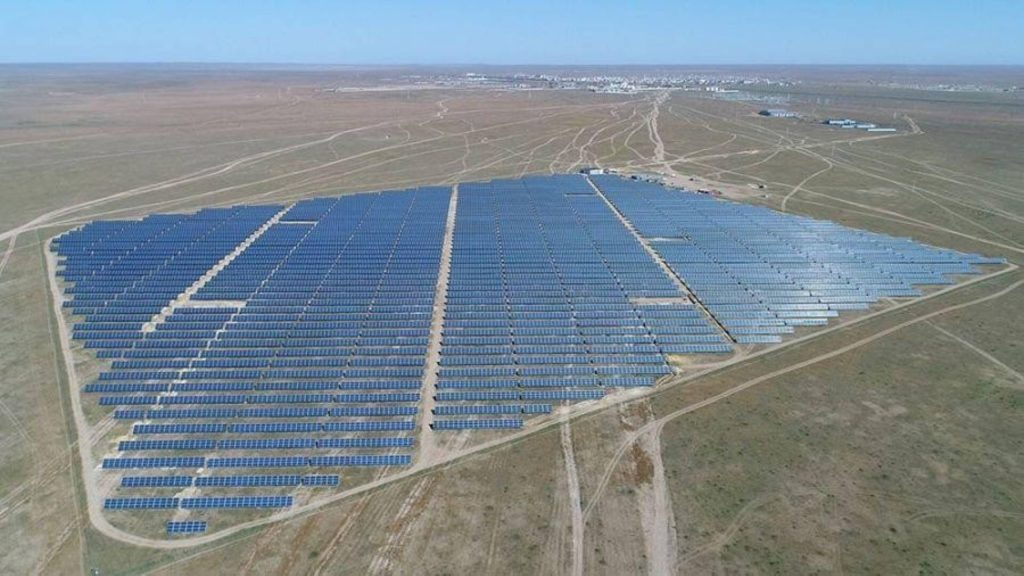

Project name: Sumber solar power plant
Capacity: 10 MW
Location: Sumber soum, Gobisumber aimag
Total investment: $17.6 million /by Khas bank
Contribution to sustainable development: The solar power plant is calculated to supply 15.395 MW of electricity to an integrated power network while reducing greenhouse gas emissions by 12.270 tons and saving 171 million liters of water annually.
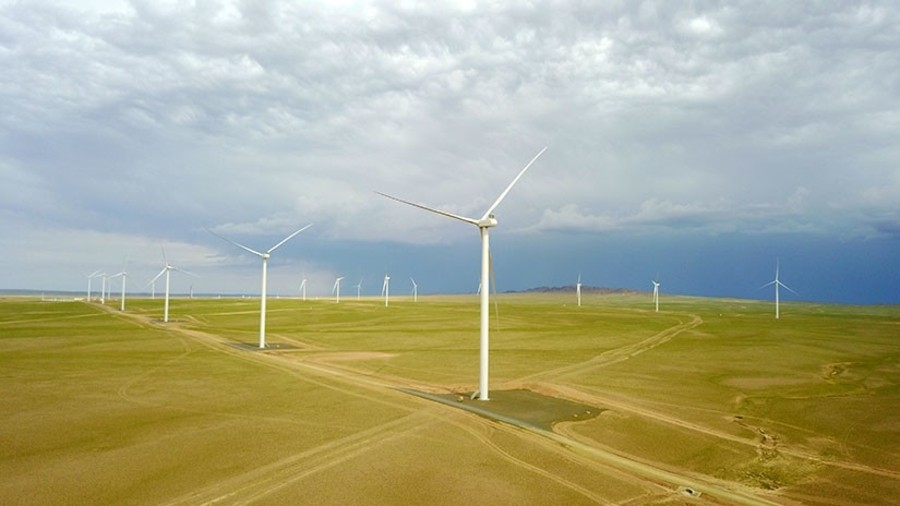

Project name: Zamiin-Uud Gegeen solar power plant
Project developer: MCS International LLC
Location: Zamiin-Uud Soum, Dornogobi Aimag
Capacity: 15MW
Project Implementation: As a result of project implementation, the plant started to supply 28.6 million kV hours of clean energy to the central grid of Mongolia, on annual basis, using modern and innovative technology solar panels by Sharp Corporation, Japan.
The project was completed under an EPC contract agreement between Solar Tech LLC and the Consortium comprised of MCS International LLC and Sharp Corporation. The project scope included the development of each 320 V capacity 51,840 solar panels, 10/110 kV substation, and 6 km long 2 circuits 110 kV OHL in 45 ha total area.
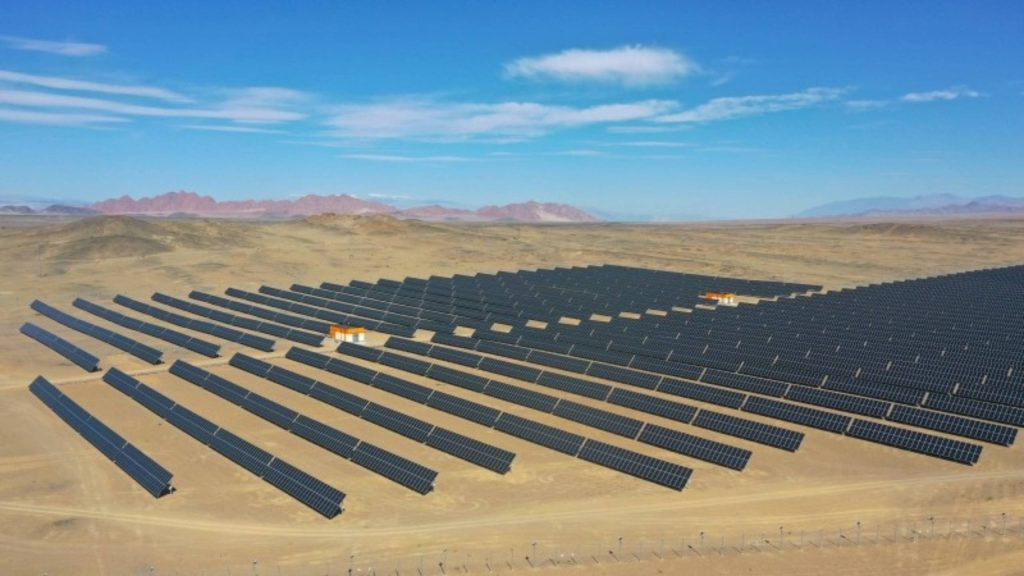

Project name: “Khovd-Sun” solar power plant
Location: Khovd aimag, Mongolia
Capacity: 10MW
Date of establishment: May 2022
Investor: World Bank
Contribution to sustainable development: The project supplies enough clean energy to power 8,000 households. The “Khovd-Sun” solar power plant can produce up to 17-22 million kilowatts per hour of electricity, meeting 10% of the country’s western region demand which saves 3.4 billion tugriks of imported electricity from Russia.Therefore, it is the second major renewable energy source in Mongolia’s western region, following the Durgun hydro-power plant
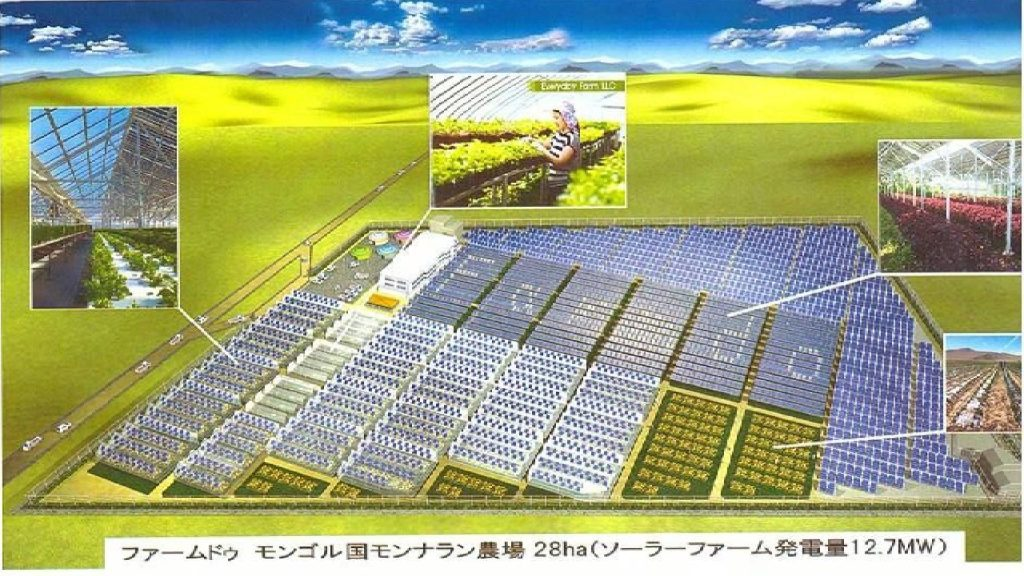

Project name: Monnaran solar power plant
Date of establishment: November 2017
Location: Songino Khairkhan district, Ulaanbaatar, Mongolia.
Total Investment: Joint Crediting Mechanism (JCM)
Supported by the Japanese Government, with an investment of USD 23 million from ‘Farm du’ company, the power plant’s construction started in 2015 and installation of 46 thousand 848 solar panels, construction of 20 km overhead electric lines, and expansion of the Bayanchandmani substation was completed within the project. Through the Bayanchandmani substation, the power plant will provide energy to 23 thousand of households in the central region
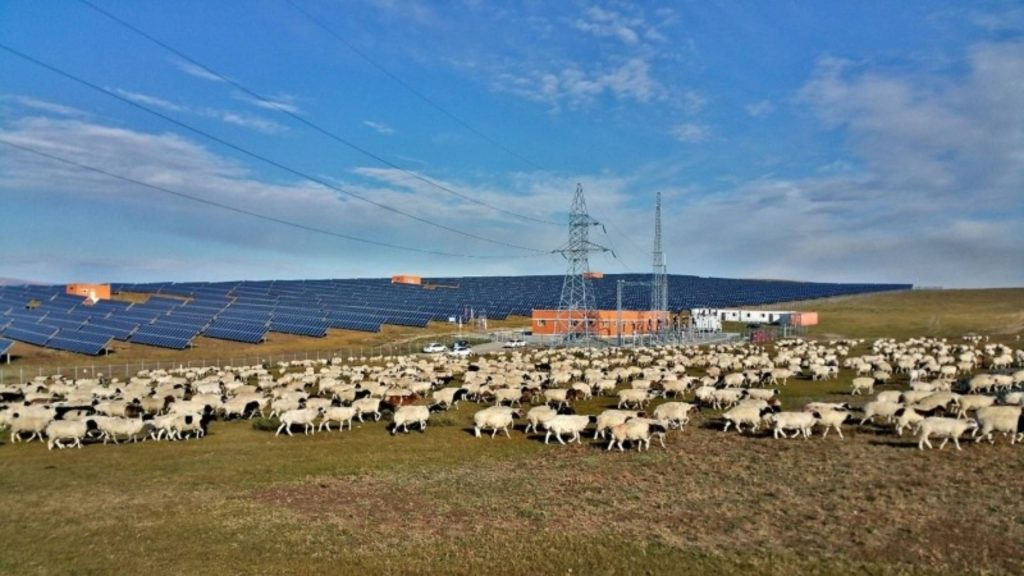

Project name: Darkhan solar power plant
Location: Darkhan city, Mongolia
Capacity: 10MW
Investors: The “Darkhan 10 MW Solar Power Plant” project is jointly implemented between Solar Power International LLC and Sharp Corporation under the program of Joint Crediting Mechanism within the framework of the Low Carbon Development Partnership between Mongolia and Japan.
Contribution to sustainable development: It is expected to save 16.6 thousand tons of coal and 103.9 thousand tons of water consumption, and decrease 21.3 thousand tons of carbonic emission a year. The project reduces GHG emissions equivalent to 12850 tons of CO2 per year, generates 16 million kWh of electricity, and supplies it to the central region’s power grid. In 2017, an equivalent of 8947 tons of CO2 credits was issued.


Project name: Durgun hydro power station
Location: Khovd aimag, Mongolia
Capacity: 12 MW
Date of establishment: 2008
Annual net output: 38 GWh
Contribution to sustainable development: Since its establishment, it has produced 587 million kWh of electricity and reduced 470.4 million tons of greenhouse gas emissions.
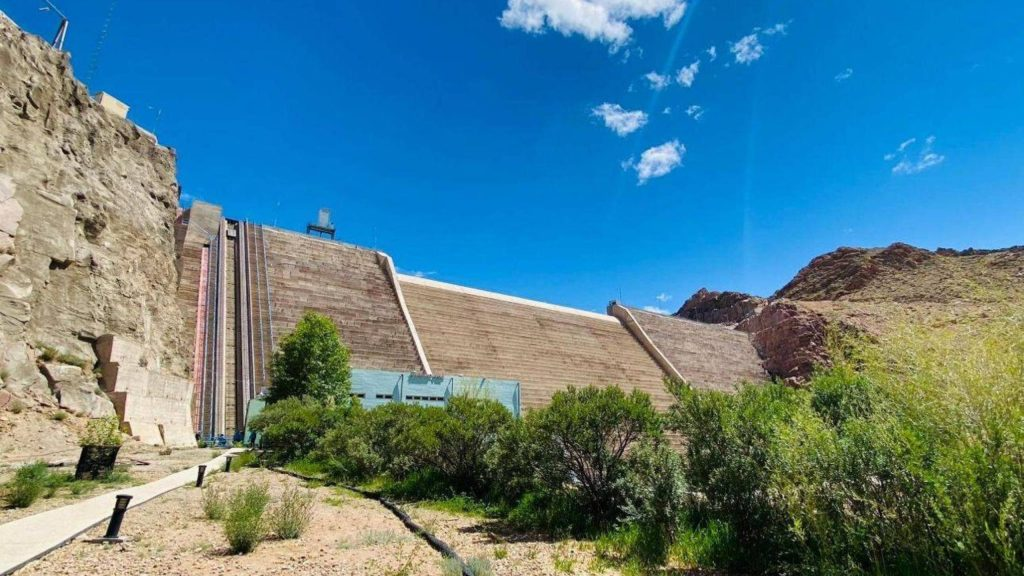

Project name: Taishir hydro power station
Location: Govi-Altai Province, Mongolia
Date of establishment: 2008
Capacity: 11MW
Construction cost: US$39 million
Contribution to sustainable development: It provides 60-70% of electricity consumption of Gobi-Altai aimag in summer and 50% during winter peak.